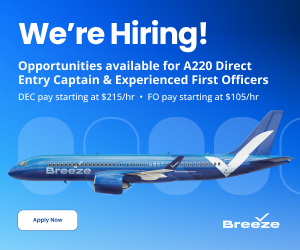
There has been much talk recently about the Federal Reserve Board (Fed) and rising interest rates. As the Fed increases rates, the cost of borrowing is more expensive. Generally, this happens when the economy is doing well, lots of jobs are being created, wages are increasing, unemployment is low, and the overall health of the economy is on an uptrend. This is currently where we find ourselves. Times are now good for the American worker, so the Fed has begun to raise short-term interest rates to try and keep the economy from overheating and entering a recession. This balancing act continues throughout the years during various economic cycles.
What does this mean to the average investor – for their 401(k), their IRA and other investment accounts? For the young, investments weighted in stocks are considered to be the best bet providing the highest potential appreciation over the long-term. The shorter the time left before the need to start using accumulated assets, the lower the exposure to the potential volatility of the stock market should be. As the Fed raises rates, yields on bonds move up as well. Let’s say the stock market is forecast to yield high, single digits, but you can receive 4% in bonds with no risk. It may make more sense to buy bonds with no risk if you’re looking at a shorter term. But over longer periods, equity investors have performed much better than fixed income investors. So again, the discussion circles back to your age, risk tolerance and your time horizon.

You may have heard that when rates rise, bond prices fall. You will capture more interest from the higher paying new issue bonds, but the value of existing bonds (price of the bond) goes down. Here is a simple explanation on how that works: Let’s say you buy a ten-year bond paying 6%. You will loan the company issuing the bond your money for ten years and they will pay you interest (usually twice a year) of 6% of your invested capital. Now a year later, a new bond issuance occurs paying 7% instead. So, you can now buy that new bond for ten years paying 7%. If you want to sell your bond yielding 6% in a market that is currently paying 7%, then your bond will need to be discounted to equal things out – therefore your bond price goes down (not your yield – only the price). If you kept your bond for the entire ten years, you would still receive the 6% per year and in ten years you would receive all your invested principle back.
In summary, the ratio of equities to fixed income in your portfolio depends on age, risk tolerance, time horizon, etc., but over the long-term, equities have continued to outpace fixed income. In a rising rate environment however, the gains on equity can have some suppression due to the risk-free returns on bonds.
Flight Line Financial would be happy to do a quick review of your accounts.























































